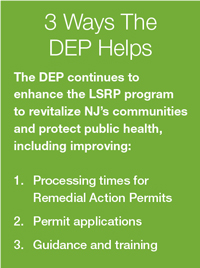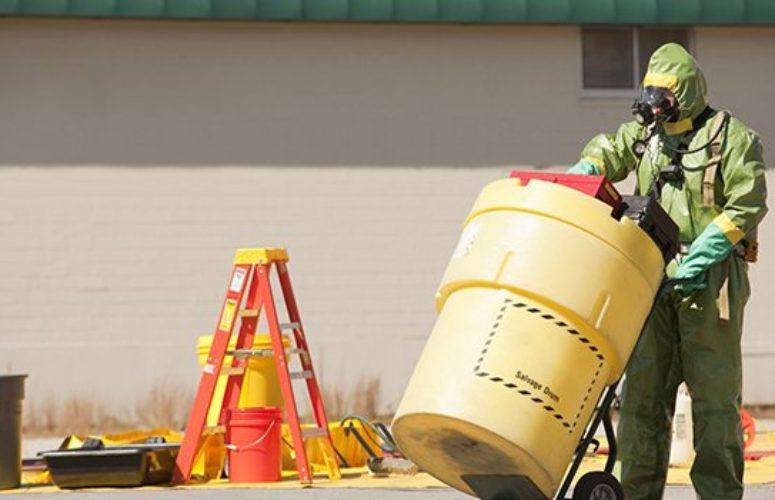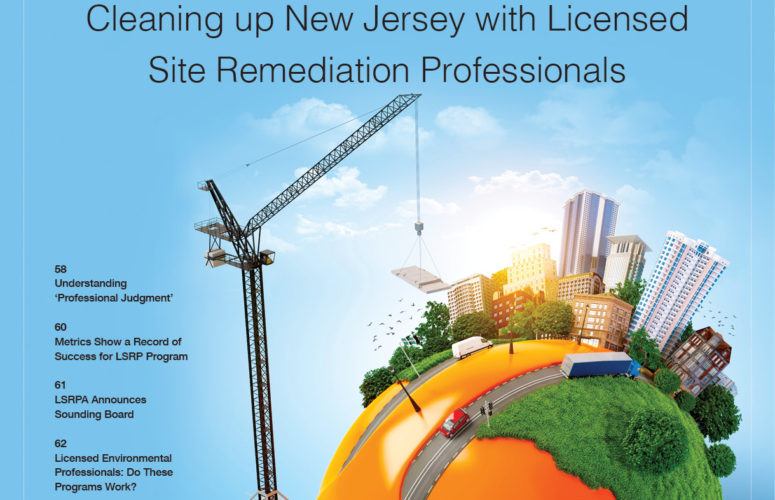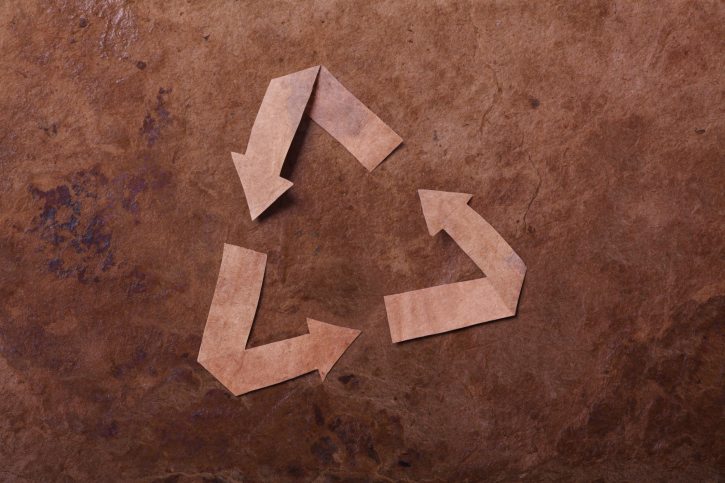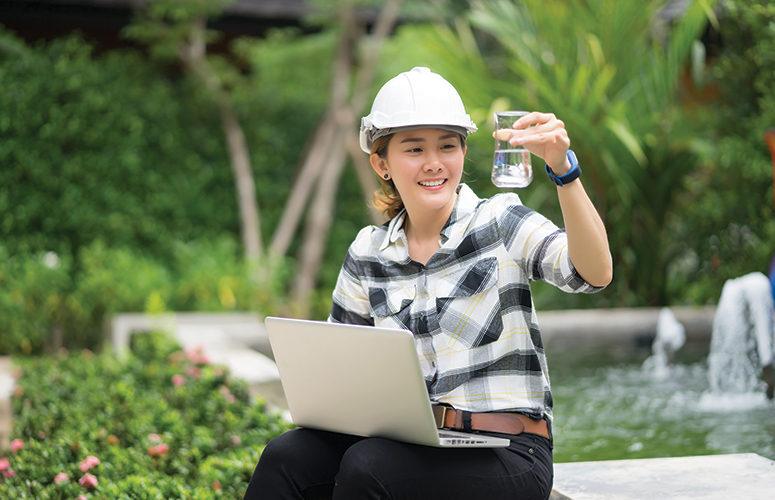
10 Years of LSRPs
A decade of revitalizing NJ communities and protecting public health.
By Catherine R. McCabe On Mar 18, 2020For more than 100 years, a steel and metal plating facility operated on a 14-acre site in Monmouth County’s Aberdeen Township, fouling the soil and groundwater with petroleum hydrocarbons, volatile and semi-volatile organic compounds, PCBs and metals before it closed in the 1970s.
Years of environmental investigative work and remediation, supported by $5 million from the Department of Environmental Protection’s Hazardous Discharge Site Remediation Fund, helped to bring about a rebirth of the site. In 2018, a developer completed a 145-unit housing project on the property, including age-restricted housing and rental units giving preference to households impacted by Hurricane Sandy. The redevelopment also included the construction of a community center on the land, as well as the restoration of an adjacent wooded conservation area that had been contaminated.
The transformative cleanup, turning this community hazard and eyesore into a productive new community asset, was done under the watchful eye of a Licensed Site Remediation Professional (LSRP) – a game-changing new approach that was unheard of a decade ago in New Jersey.
The LSRP program was the vision of the Site Remediation Reform Act, or “SRRA,” landmark legislation signed on May 7, 2009, to accelerate New Jersey’s efforts to clean up thousands of hazardous discharge sites across the state. The Act streamlined and expedited the cleanup process, authorizing well-qualified and licensed LSRPs to direct and oversee the progress of necessary remedial steps, subject to overall supervision by the DEP.
The LSRP program is a powerful force multiplier, vastly expanding the capacity of the DEP to get contaminated sites cleaned up quickly. Since the SRRA’s passage, and thanks to the state’s 700-plus LSRPs, nearly 10,000 contaminated sites have been cleaned up, improving our communities and protecting the public health of New Jerseyans.
In 2019 alone, LSRPs, under DEP monitoring, completed almost 4,800 cleanups, removing thousands of sites from the state’s Known Contaminated Site List. They have been involved in remediating 14,600 areas of concern or complete sites, certifying that remediation was completed in accordance with DEP’s rules and standards.
Today, more than 8,500 ongoing cleanup cases are under the oversight of LSRPs. The work done by New Jersey’s LSRPs enables the DEP to focus its resources on providing oversight to ensure the quality of their work, while reserving the most complex and challenging cases for direct DEP attention and supervision.
The LSRP program got a boost in August 2019, when Gov. Phil Murphy signed legislation that made changes to improve the effectiveness of the program based on 10 years of experience in implementing the original SRRA law. Those revisions include strengthening notification obligations for LSRPs, increasing public notification and outreach requirements, and allowing the DEP to modify direct oversight requirements when it makes sense to do so.
The LSRP program provides an excellent example of how business and government can work as partners to achieve societal goals. The LSRPs are members of the business community, and they play a vital role in helping to achieve DEP’s goals.
As we begin 2020, New Jersey is truly cleaner and healthier, and stronger and fairer because of the cooperation between the business community, especially its invaluable LSRPs, and the DEP. We look forward to making it even more so – over the next 10 years and beyond – by building on the successes of innovative approaches like the LSRP program.
About the Author
Catherine R. McCabe is the commissioner of the New Jersey Department of Environmental Protection.
To access more business news, visit NJB News Now.
Related Articles:


